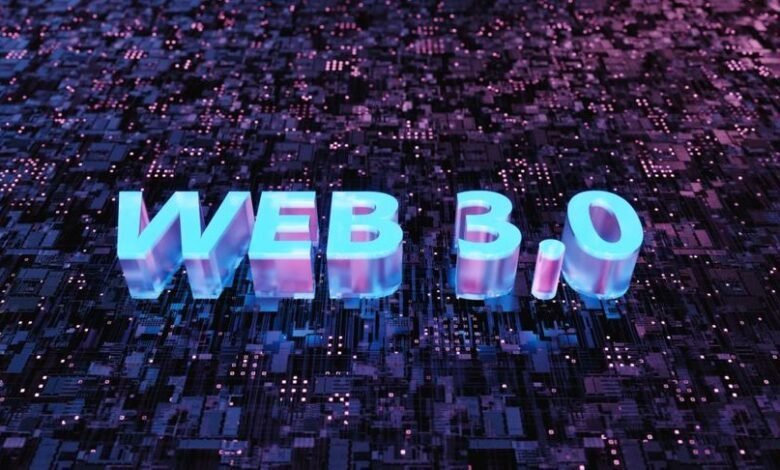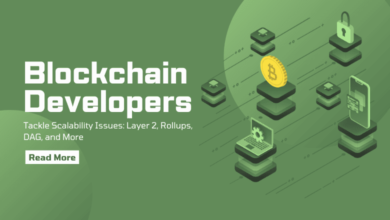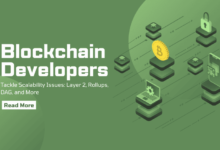Preparing for A Privacy Driven Future With Web 3.0

Web 3.0 attempts to quite literally change the name that we interact with the world around us. Today, we live in a world where companies can and do collect massive amounts of user data and utilize this data with the intention to provide value. Based on the evergreen presence of problems in the area, it’s quite safe to say that this provision value has fallen short in subtle yet meaningful ways, and user data has been used in a way that users simply haven’t agreed to.
With data privacy becoming a greater concern in response to those unintended consequence, Web 3.0 has given us a point of reference that enables a future where distributed users and machines are able to interact with data, value, and other counterparties via a substrate of peer-to-peer networks without the need for third parties – giving you the peace of mind you need to live a happier life.
The end result of this venture should be a composable human-centric and privacy preserving computing fabric for the next wave of the web.
Web 3.0 achieves this through open source software and supposedly trustless and permissionless networks. Highlighted by the fact that users may interact publicly or privately without a trusted third party nor a governing body, we will eventually build something that relies on edge computing, decentralized data networks and artificial intelligence.
More than just the metaverse, the blockchain, and any subsequent derivative technological advancement that spawns henceforth, the hallmarks of Web 3.0 will be decentralization and greater user interaction and control over their own personal data (So you don’t have to go through that digital detox). A huge disparity from the current environment where users have difficulty controlling just how much of their own data is being leaked to different companies and organizations for God knows what.
Deloitte highlights that Web 3.0 will eventually eliminate the boundary between digital content and physical objects that we know today and improve efficiency, communication, and entertainment in ways that we are only beginning to imagine today.
How can we start preparing? By simply being more aware and knowledgeable of the options available to us today. Users in certain regions are now able to gain access to, manage, and even delete their data in certain cases. Through the blockchain, users’ data belongs to them transparently and is not owned by any one entity, and where users can clearly see who has access to their data and what type of access they have.
Through Web 3.0, we move towards a more human-centric, privacy driven future.







